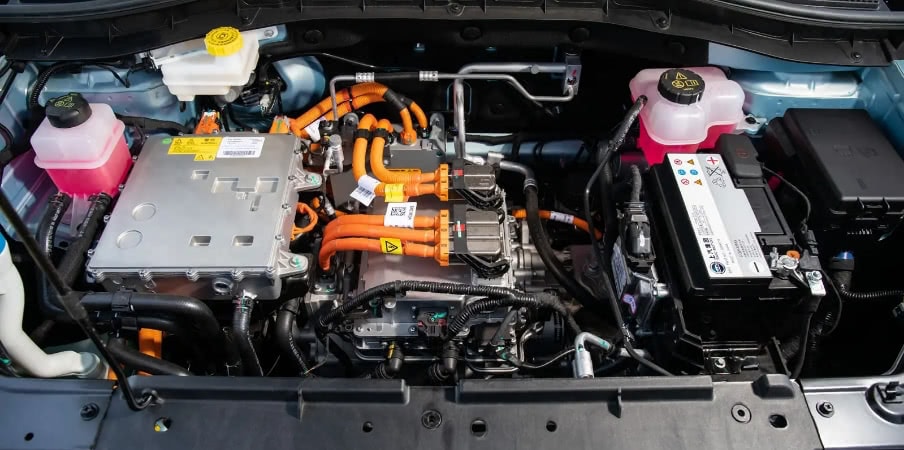
While it is true you can simply unplug your microwave and plug your car in, there are other ways to charge your electric vehicle. Here are the three main ways.
This is where you plug your car into a traditional wall socket (10-15 Amp, single phase) in your place of residence. You don’t need to install a special plug or anything like that, but you do need to use a specialised cable which should be supplied with your vehicle. If you’re heading off on a road trip, don’t leave it at home!
Residential charging is the slowest form of charging, and will typically add between 10 and 20 kilometres to your vehicle’s range for every hour plugged in. This is ideal for overnight topping up an existing charge in your vehicle.
This is a specialised AC electric vehicle charger that you can have installed in your residence. It is able to charge faster (up to 22kW, 32 Amp, 3 phase) thanks to its specialised nature. Aside from residences, you might encounter these at apartment complexes, workplaces, hotels and shopping centres.
These charge around four times as fast as a regular residential plug, delivering 40 to 100 km of range for every hour spent charging the vehicle.
This is as fast as it gets (for now!), but there can be some variance regarding just how fast the charge is. Level 3 relies on a dedicated DC electric vehicle charger at 25kW to 350kW (40-500 Amp, 3 phase), and you’ll find these in commercial spaces and roadside locations.
These are considerably faster than Level 1 or 2, delivering around 150 km of range per hour plugged in, while an upper-end Level 3 station will be able to fully recharge an electric vehicle in just ten to 15 minutes. In a rush? Hit a Level 3.
Well, it depends on a few things. Just as with conventional cars, which may have different-sized fuel tanks, and so take differing times to fill up, electric cars can likewise take a variety of times to charge up. This can vary according to the model or car, the capacity of the battery and the speed of the charging centre.
Unlike conventional cars and petrol stations though, charging stations are not all alike. Plugging your car in at home will charge up to 10-20 km per hour plugged in, while a high-performance Level 3 charging station can fully recharge an empty vehicle in as little as ten to 15 minutes.
You plug it in! Jokes aside, the most important thing to remember is to not leave your key in the car as this means the car is still “on” and so the battery will continue to drain.
Commercial charging stations generally offer both CCS2 and CHAdeMO plugs which are compatible with most electric vehicles. It is important that you use the correct cable, though as it is impossible to plug one into the other, it is unlikely you’ll make this mistake more than once!
Many providers require the use of a smartphone app which looks after the charging (both electrical and financial) processes. A typical process at a commercial charging centre is as follows:
